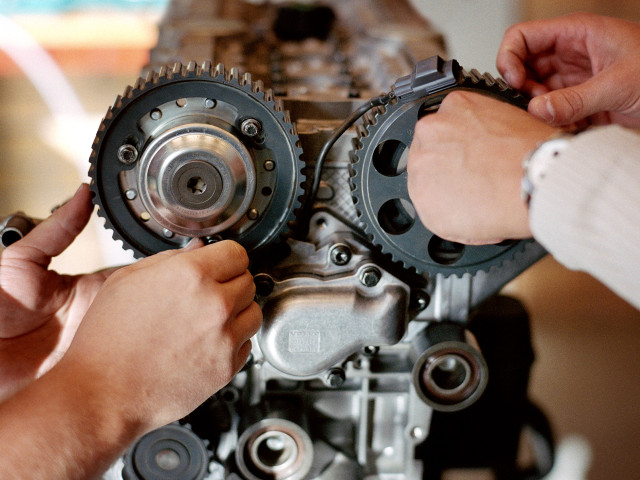For an inviscid, compressible gas the students should be able to
- calculate pressure, velocity and temperature for quasi one-dimensional, stationary, isentropic flow
- calculate changes of pressure, velocity and temperature over normal and oblique shock waves
- calculate changes of pressure, velocity and temperature in simple expansion waves
- calculate pressure, velocity and temperature for unsteady, one-dimensional, non-linear waves
- calculate the flow field in linear theory for subsonic and supersonic flow around bodies
- understand how pressure and drag on a body changes in transsonic flow
